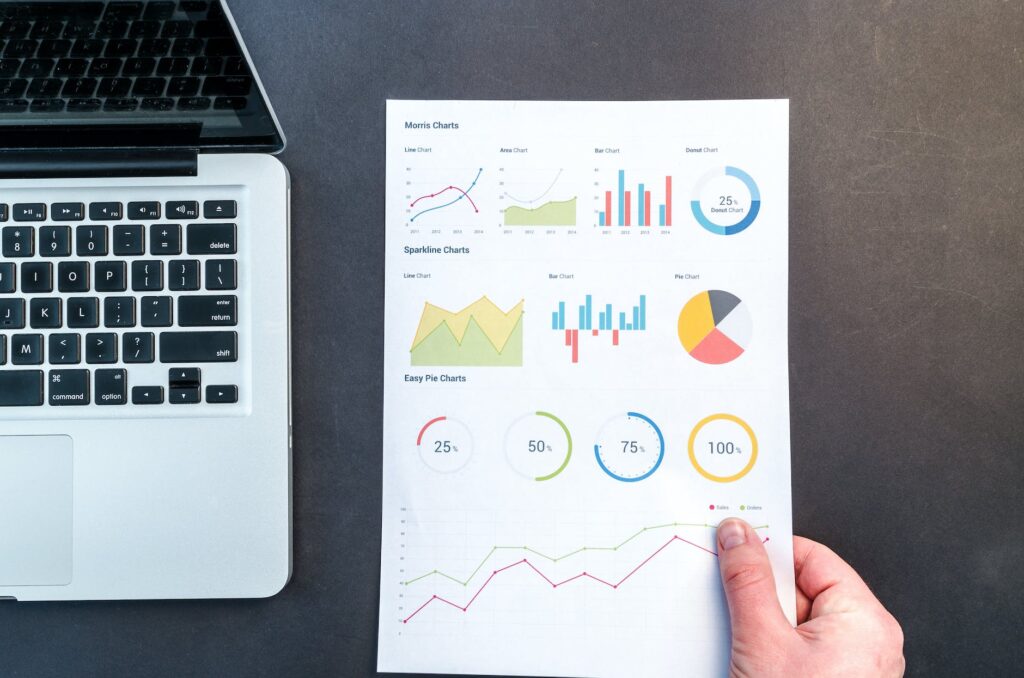
Introduction:
Data and analytics are transforming the way modern soccer is played, managed, and watched. With the help of advanced technologies, teams, clubs, and organizations are now able to collect and analyze vast amounts of data related to player performance, match statistics, and fan behavior. Says Jordan Sidoo, In this article, we will explore the opportunities and challenges associated with the use of data and analytics in modern soccer.
Improved Performance Analysis:
Data analytics enables teams to gather and analyze data related to player performance, match statistics, and team strategies. Teams can use this information to make informed decisions about player selection, tactical planning, and performance improvement. For instance, clubs can use player tracking data to analyze the movements of players on the field and use the information to develop new training drills and tactics.
Better Fan Engagement:
Data and analytics also play a crucial role in engaging fans and enhancing their viewing experience. Clubs can use data analytics to track and analyze fan behavior, including their preferences and opinions, and use the information to create personalized content and experiences. For example, clubs can use data analytics to understand which players are the most popular among fans, and use the information to create merchandise and marketing campaigns.
Increased Revenue Generation:
Data and analytics also play a significant role in generating revenue for clubs and organizations. For example, clubs can use data analytics to understand which players are the most marketable and use the information to negotiate better sponsorship deals. Additionally, data analytics can be used to identify areas for cost-cutting, such as reducing travel costs and optimizing the use of resources.
Better Decision Making:
Data and analytics also help decision-makers in soccer make better decisions. For instance, clubs can use data analytics to understand player value and make informed decisions about transfer and contract negotiations. Additionally, organizations can use data analytics to identify areas for improvement, such as enhancing matchday experiences for fans or improving the safety and security of stadiums.
Challenges and Limitations:
Despite the many opportunities presented by data and analytics in modern soccer, there are also challenges and limitations to be considered. One of the biggest challenges is the availability and quality of data. In many cases, data collection can be time-consuming and expensive, and the accuracy of the data may be questionable. Additionally, there is a need for standardization of data, which can be difficult to achieve across different countries and leagues.
Conclusion:
In conclusion, the use of data and analytics in modern soccer presents numerous opportunities and challenges. While data analytics can improve player performance, fan engagement, revenue generation, and decision-making, there are also significant limitations, such as the availability and quality of data and the need for standardization. Despite these challenges, the benefits of data and analytics in modern soccer are clear, and it is likely that their use will continue to grow and evolve in the future